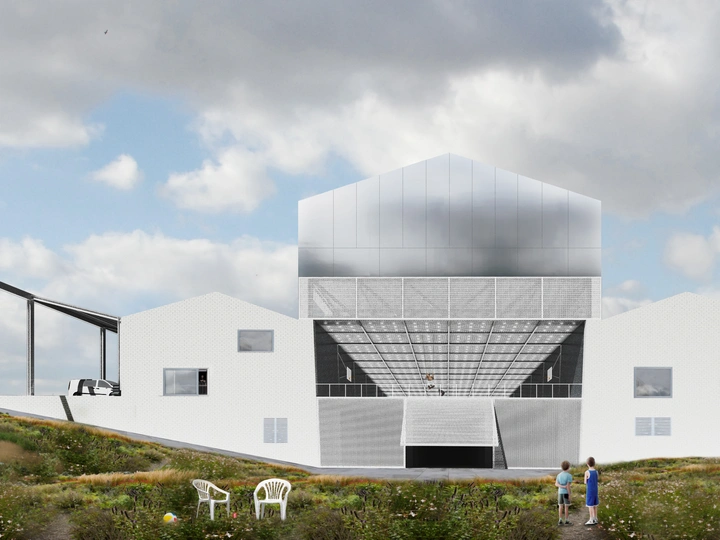Alteration to a Suburban House

I am an architect based in Madrid, the city, and Castilla-La Mancha, the countryside. I graduated with honors at the ETSAM at the Juan Herreros Chair of Architecture and Urbanism, focusing my master's thesis research in the deep understanding of the low-technied rural areas of central Spain, where landscape, architecture and infrastructure meet in a very vague yet exotic way creating a kind of productive metropolitan region. In the frame of this research, my photographs of the Spanish rural landscape were short-listed finalists at the BEAU XV Spanish Architecture Biennale.
After having worked at Pedro Pitarch A&U in Madrid, and at BIG in Copenhagen, I currently I am architect at estudioHerreros in Madrid, developing and leading projects where all scales are approached, especially focused on the coordination and design development, together with Juan Herreros, of the new MALBA Museum in Escobar, Argentina. I also try to express my inner voice through individual competitions such as the Europan (just submitted last sunday), and a small practice based in the rural area of Ciudad Real, in Castilla-La Mancha.
I understand my work (whether it is an individual competition, work developed under the aegis of architectural agencies, a book I read, a picture I capture, or a stroll I take) as a continuous project for a future architectural practice. What is an architectural practice? There is a scene from Paolo Sorrentino´s The Hand of god, where Fabietto, the main character, confronts his idol, the film director Antonio Capuano, who strongly repeats again and again the question “Got a story to tell?”. Well, I have a story to tell, I believe. That is already an architectural practice.
In his book titled "Arquitectura popular Manchega", the spanish architect Miguel Fisac describes how popular architecture was the direct response to specific programmatic needs that derived from the way of life in a territory with particular characteristics.
“Alteration to a Suburban House” is located at Pozuelo de Calatrava, a small village in the region of Castilla-La Mancha, in the central rural area of Spain, and it is a means to dialogue about the relevance of the ordinary, the generic and the banal; the built and unbuilt ecologies of our peripheries, the as found. To be more precise, the project is about reimagining the future of the spanish countryside through the transformation of 56 row houses infamously known as "Las Pilillas": the last adventure of a developer who went bankrupt in 2008.
“Las Pilillas” constitutes a monotonous wall that accentuates the repetition of a banal diagram: an old fashioned financial product that closed off the village from the west without any intention or sensitivity. Moreover, the complex was far enough from the town's natural edge, a fact that generated a terrain vague that has remained undeveloped for over nine years.
"Alteration to a Suburban House" therefore aims to make the necessary typological corrections to resolve and enhance the boundary conditions of “Las Pilillas” and its terrain vague, understood in Ignasi Solà-Morales' terms as a third landscape that has the potential to generate ecological and architectural diversity.
It aims to subvert the mono typological order that, as in all our european peripheries, reigns at "Las Pilillas" in order to absorb and pervert all kinds of codes, from material to socioeconomic one, that adhere to the outdated typology of the suburban walled row house, bringing spatial dignity and ecological biodiversity to this neglected reality of the spanish territory.